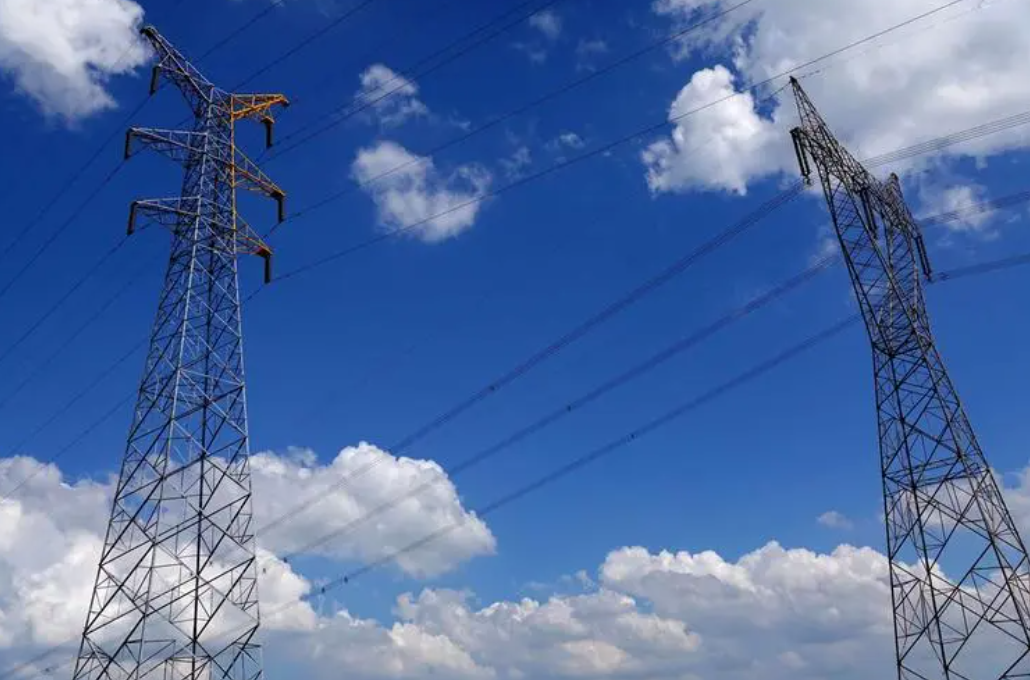If completed, the projects would connect 187 GW of renewable resources to the grid, create 3.3 million jobs, improve electric reliability, and lower electricity costs for consumers, the report said.
This is the first update to ACEG’s “shovel-ready” projects report since the inaugural 2021 edition. Ten projects from the original report have since begun construction and are expected to add 20,000 MW of new generation to the grid. Many of these projects, however, had an easier path to recovering their costs than others that have not progressed.
Due to the many challenges that hinder transmission, Americans for a Clean Energy Grid expects less than half of these projects will actually proceed to construction in the coming years without policy reforms that improve how transmission is permitted and paid for in the United States.
While many of the projects contained in this report are significant, they also represent just over 10% of the investment needed to cost-effectively build a clean and reliable grid, Americans for a Clean Energy Grid said. The report highlighted several policy proposals to help the clean energy transition:
Congress should create an investment tax credit for significant transmission lines, which would provide the long-term policy certainty needed to supercharge investment in the grid — much like the Inflation Reduction Act’s clean energy tax credits have led to a boom in wind, solar, and storage development. A tax credit would also help address the challenge of cost allocation for major lines.
Congress should ensure the Federal Energy Regulatory Commission has the authority to site larger transmission lines, which have a clear national impact.
FERC should finalize a strong rule for planning and allocating the costs of transmission lines.
Congress or FERC should enact a policy that requires sufficient interregional transmission.
